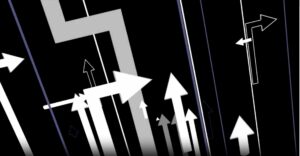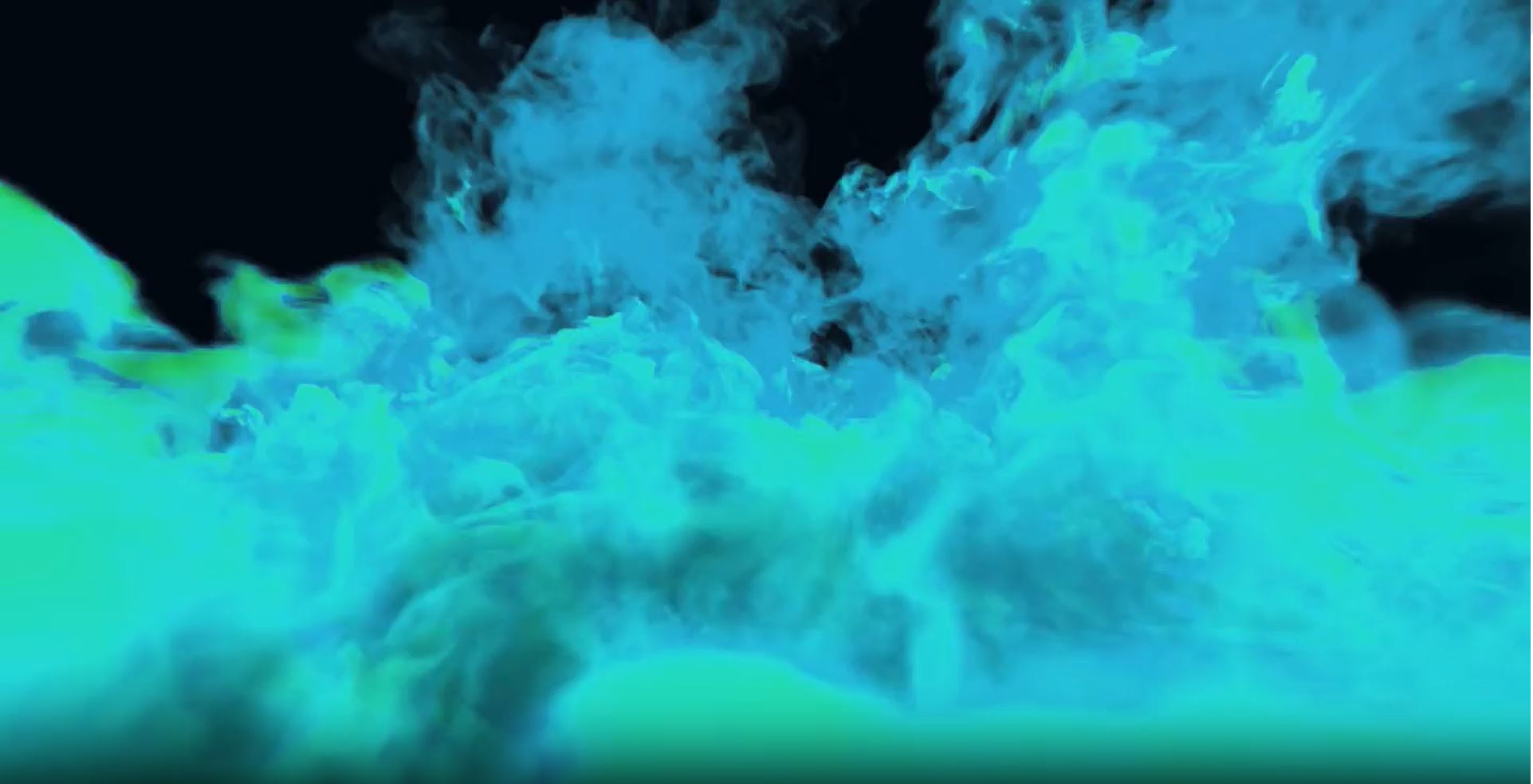In digital signage design, transitions are more than just visual effects—they’re storytelling tools. They serve as the bridges that connect one visual element to the next, helping to shape the viewer’s experience in a way that’s both engaging and memorable. When used with intention, transitions can turn ordinary digital signage content into a compelling narrative that captures attention and drives results.
Whether you’re using animated signage content on an LED display or designing slides for scheduled content deployment, transitions guide the eye and set the pace. In a world where viewers absorb messages in seconds, the flow of visuals can either create connection or cause confusion. That’s why transitions matter.



Seamless transitions elevate the viewing experience, leaving a lasting impression and driving impact. Additionally, they set a rhythm that heightens anticipation and suspense, guiding the audience towards the core message or call to action. Each transition strings together distinct elements, creating a cohesive narrative that deeply connects with the audience.
The Psychology Behind Motion
Human attention is naturally drawn to movement. That’s why animations and transitions are so effective in LED sign content. A subtle fade or directional swipe pulls the eye toward the next message, keeping viewers engaged for longer. Transitions work subconsciously—they suggest continuity, build suspense, and offer visual breaks that prevent cognitive overload.
Additionally, the rhythm of transitions can reinforce tone. Quick cuts energize a message, while slow dissolves can create a calm or dramatic effect. These motion-based cues help reinforce your brand personality and keep your audience immersed in your signage content.
Using Transitions to Support Your Message
A common mistake in digital signage is focusing too much on content blocks without thinking about how they connect. In Presto, Project Content’s digital signage design tool, you can use animated transitions to shape a message arc across multiple slides or scenes. Think of each transition as a strategic pause or pivot—an opportunity to create emotion, redirect focus, or emphasize a call to action.
For example:
-
Fade-ins are great for introducing new ideas gently.
-
Slides or pushes can simulate progression or movement.
-
Wipes and reveals create drama and anticipation.
-
Zooms can help focus attention on a key offer or event.
Used well, these effects enhance your signage without overwhelming the message.
Creating Cohesion with Visual Flow
Seamless transitions help tie your content together. Whether you’re showcasing rotating promotions, community announcements, or event schedules, a well-placed transition can make the difference between fragmented content and a polished presentation.
Presto gives you the flexibility to apply consistent transitions across your signage templates or customize each one based on the purpose of the slide. This level of control supports dynamic content management and ensures a cohesive visual flow from beginning to end.
Best Practices for Effective Transitions
To get the most out of transitions, keep these best practices in mind:
-
Use consistency to avoid jarring effects between slides.
-
Keep it subtle—transitions should support, not distract from, your message.
-
Match the speed to your content’s tone; slower for serious messages, faster for upbeat ones.
-
Pair with animation wisely—too much motion can be overwhelming.
-
Test timing to ensure readability between changes.
With Presto’s real-time content updates and visual content scheduling tools, you can fine-tune transitions for any sign—indoors or out.
Transitions may seem like a small design detail, but they play a big role in making your LED display content more impactful. They influence how your audience feels, how long they stay engaged, and how well they remember your message.
By using Presto’s built-in transition tools, you can craft animated signage content that flows smoothly, builds anticipation, and delivers a professional finish. Every transition becomes a cue that guides your audience from one idea to the next—clearly, creatively, and effectively.

